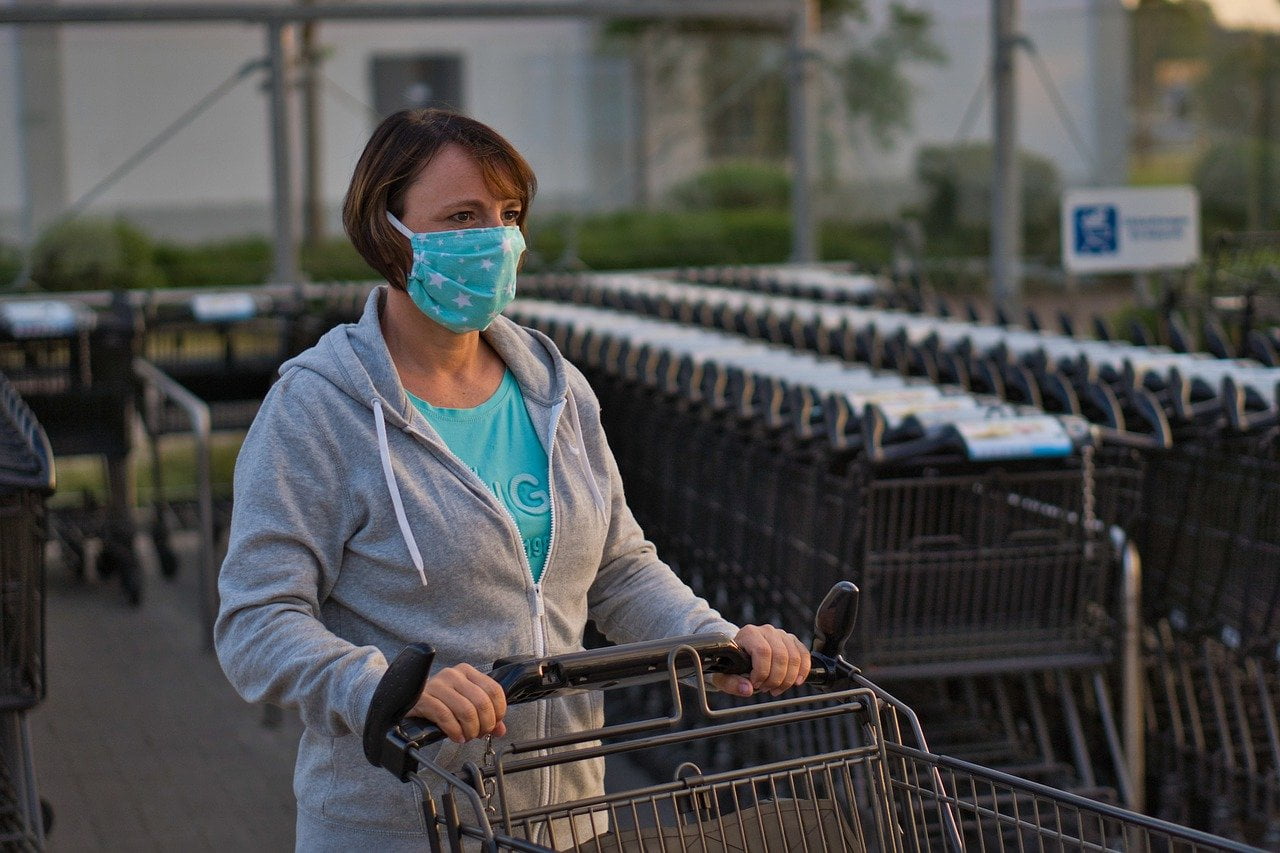With the coronavirus pandemic still in full swing, people are learning to adapt. Whether it’s working from home, wearing a mask, or even utilizing alternative ways to purchase items, ways of life had to be changed drastically to help curb the spread of the virus.
Q2 2020 hedge fund letters, conferences and more
When shelter-in-place orders began, businesses were forced to close or reduce their hours of operation. But essential businesses were required to stay open and function as best and safely as possible. One way to do this is by offering curbside pickup. This service allows consumers to purchase items in advance and collect them at an agreed-upon time outside the store. A great deal of these sales are contactless as well.
But how many people took advantage of this service? In a new study, LeithCars.com, a website where people can buy and trade cars, surveyed 1,021 people who had made at least one shopping trip since the onset of shelter-in-place orders in March. They wanted to find out if more shoppers were making the switch and why. The survey findings reveal which generations most rely on curbside pickup, how often people use the service and their experience with it, and how curbside is perceived in terms of stress, safety, and convenience.
How Many People Are Using Curbside Pickup?
According to the study, nearly 3 in 5 people said they used curbside pickup for shopping since the pandemic began. Families with children in the household were more likely to use this service (66%). Overall, 32% of people said they had used curbside pickup for the first time when the pandemic hit.
Millennials (63%) used this service the most, with Generation X (53%) and baby boomers (45%) not far behind.
More than 2 in 5 people who did not use curbside pickup shopped at least once a week, the highest frequency of any shopper surveyed. Of those who’ve used this service, 40% of people do so once a week. Approximately 36% shop this way more than once a week.
Curbside vs. In-Person Shopping
On average, it took 24 minutes to complete a round of curbside pickup shopping compared to 37 minutes of shopping in-store. There was also a difference in how much people spent on their respective trips. The study revealed that those who used curbside pickup saved an average of $7.94 per outing.
People shopping in-store (32%) were slightly more likely to find that items they intended to purchase were not in stock than curbside pickup shoppers (27%). More than half (51%) of curbside pickup shoppers rarely, if ever, encountered items that weren’t available, while just 18% of in-store shoppers could say the same.
Approximately 71% of curbside shoppers reported satisfaction with their shopping experience, while only 45% of in-store shoppers agreed.
About 59% of people surveyed said that curbside pickup was less stressful than shopping in the store. The same percentage of people believed it to be more convenient. Baby boomers were most likely to label this service as less stressful (61%), while millennials thought it the most convenient way to shop (61%).
When safety was considered, 69% of people agreed it was the safest option during the COVID-19 pandemic. Nearly 3 in 4 baby boomers felt this way, the highest percentage of any generation.
What's So Special About Curbside Pickup?
Why did the survey respondents feel that curbside pickup was the safest way to shop during the pandemic? Less social interaction ranked highest on the list (71%). People also said they were less likely to impulse buy, thus saving them money. Respondents also agreed that it was easier to find savings and discounts this way (19%).
The most common types of curbside pickup that respondents used were for groceries (85%), beauty or personal care (33%), and pet supplies (32%). The study reported that respondents were more likely to patronize a store where curbside pickup was offered (83%).
Of people who have used curbside pickup since the pandemic began, 41% said they are very or extremely likely to continue using it once the pandemic has passed.
With so much uncertainty right now, knowing that curbside pickup is an option is helpful to many people. While some have not yet embraced this type of convenience, it’s still nice to know that many companies are doing their part to keep customers safe.











